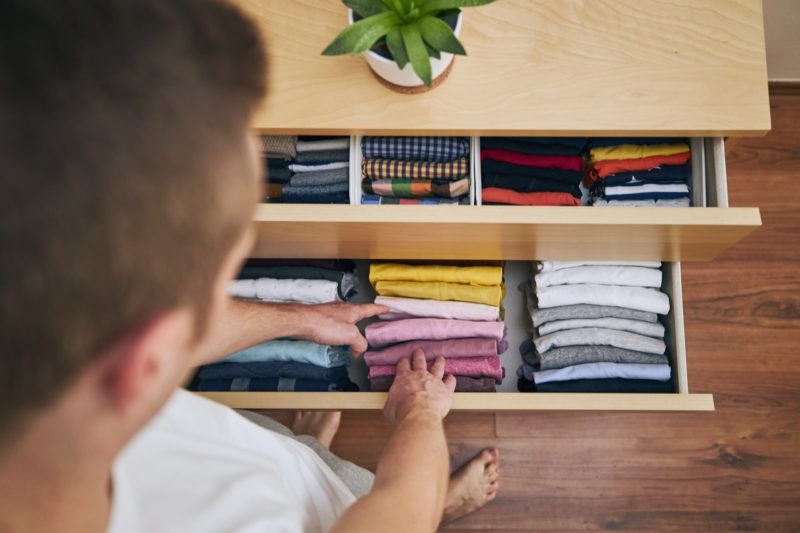Getting your Pantry in Order
Whether one is born with the tidy gene or not, being organized is a skill that anyone can learn. For some, it requires nothing more than acquiring a new set of habits. For others, it means devising systems to support the way you naturally think and operate.
- Take everything out of the pantry and wipe the shelves clean.
- Check expiration dates and pitch anything expired, stale or that you simply no longer use.
- Group like things together and assign categories to shelves: keep soups with soups, cereals with cereals, etc.
- Keep what you use most often on the shelves at eye level and easy to acess.
- Decant grains and legumes into uniform wide-mouth glass 16-ounces jars. Label the jars accordingly.
- Install slidind pantry drawers for easy access to small items in the back.
- Make sure of the space on the back of the pantry door and hang a rack system, which can be customized and hung without tools. Various basket sizes can accommodate anything from small mix packets to two-liter soda bottles.
- Maximize unused space between shelves, with shelf helpers such as under-shelf baskets and expanding shelves.
- Use less accessible shelves for storing replacements of fridge items such as spare ketchup, mustard, jam and salad dressing.
- Store heavy items, such as bottled water and soda on a low shelf or the floor. If you have additional space, you might also want to stash some less frequently used appliances here, too.
- Use deep shelves for bulky items like paper towels.
Getting your Pantry in Order
Storing Grains and Legumes
Since grains and legumes are sold in boxes and bags of all sies, which doesn’t make for easy storage, the trick is to buy what you need and repackage at home. Figure out what you consume and then buy enough wide-mouth 16-ounce jars to accommodate your need. These jars have airtight screw tops that preserve the shelf life of grains and beans, keep bugs out and stand neatly on a pantry shelf. Label the outside of the jars with a label maker.
Storing Spices: Five Solutions
Many freestanding spice racks are available, but unless you have unlimited counter space, try one of these space-saving options. Regardless of what method you choose, alphabetizing spices is the best way to find what you are looking for.
- Wall – Hang a spice rack on the wall.
- Drawer – For a fairly deep drawer near the stove, use a drawer insert that holds spices with the labels facing up. Or stand spices up, labeling the jar tops with a label maker.
- Cabinet – Mount a spice cabinet on a cabinet door. Check dimensions so that the spice shelves clear the cabinet shelves, allowing the door to close.
- Indian Spice Box – Made of stainless steel (usually measuring seven to nine inches), an Indian box contains seven round compartments along with a measure. A proper spice box has a tight-fitting inner lid between the lid and the compartments so that the spices don’t mix. Fill the compartments with your favorites and avoid having to open multiple spice canisters while cooking. You can display the spice box on the counter if space permits or just bring it out when cooking. Spice boxes are available in any Indian marker or online.
- Mason Jars – Buying in bulk is a great way to save money on spices you cycle through quickly. If you store opened bags of bulk spices together, stronger spices will affect milder ones, so it’s best to contain them separately. Small Mason or canning jars work well. They make efficient use of cabinet space and can be stacked. Transferspices from the bags they came in to airtight pint-size (or lager) jars with twist-off lids. Label the side of the jar and stack in the cabinet or on a shelf with labels facing forward.
Be Sociable, Share!





